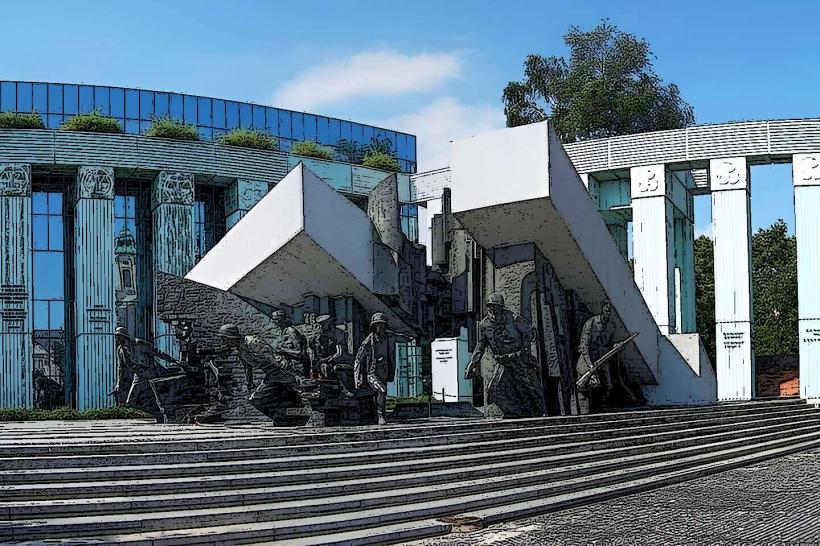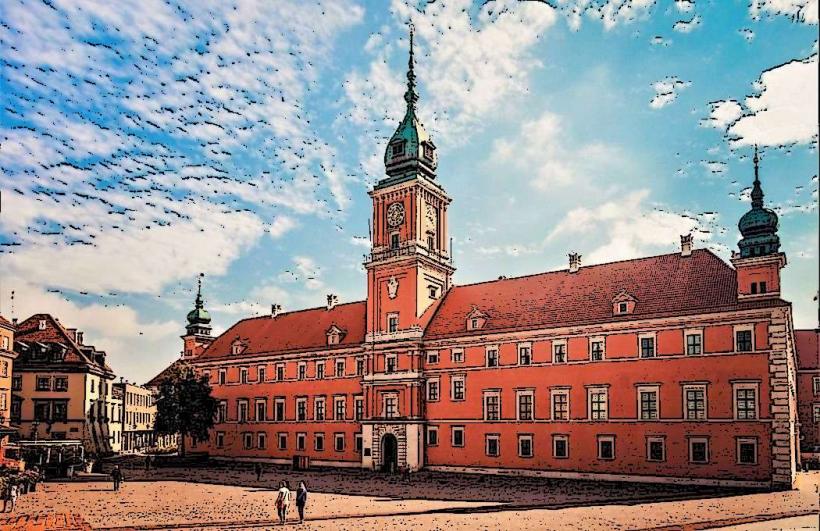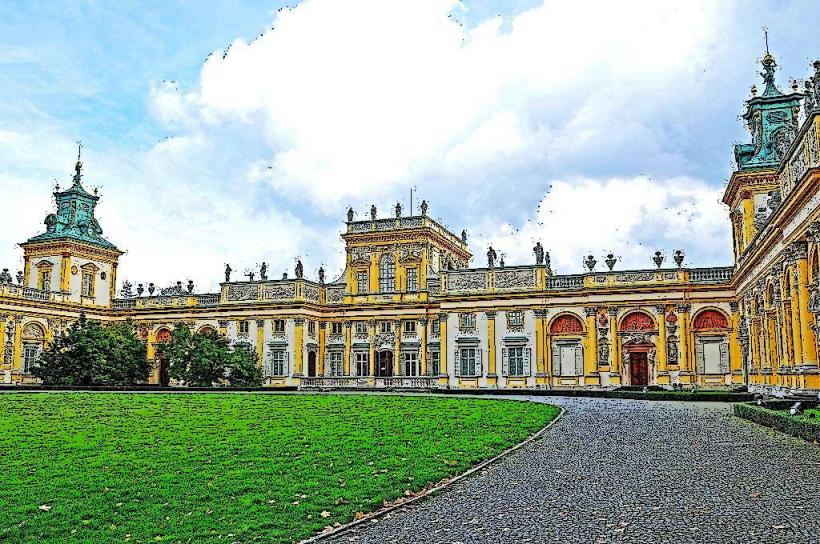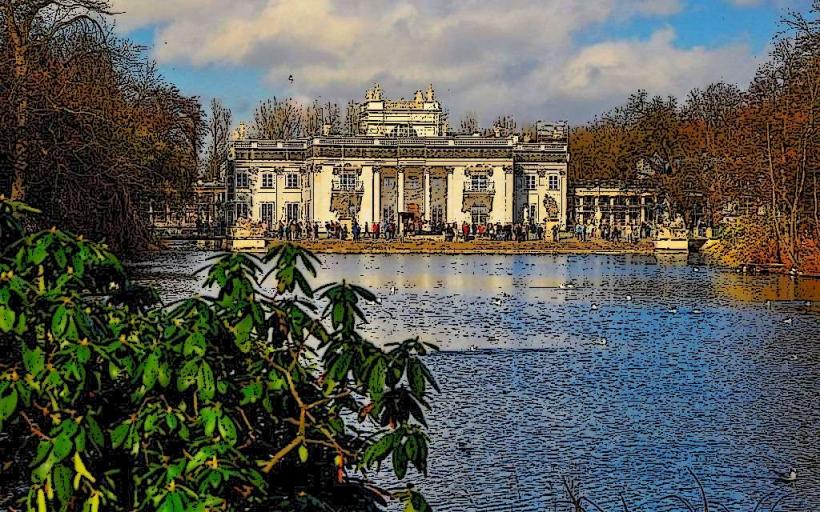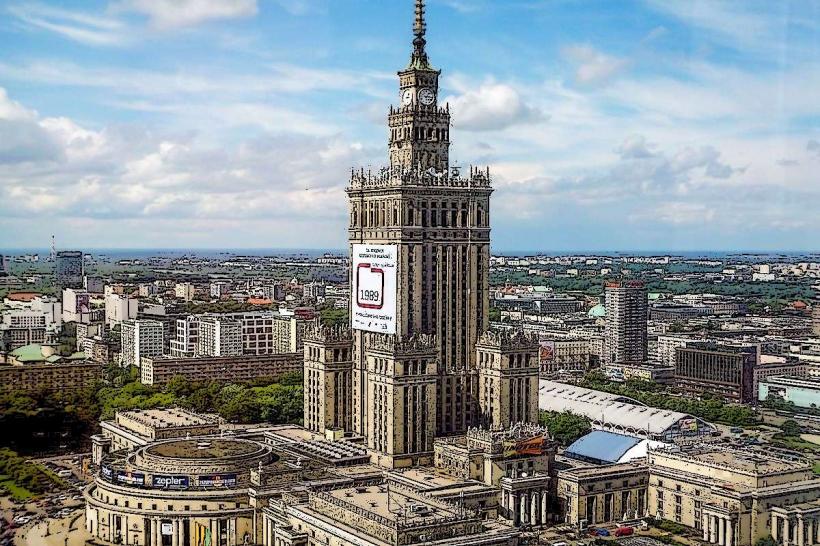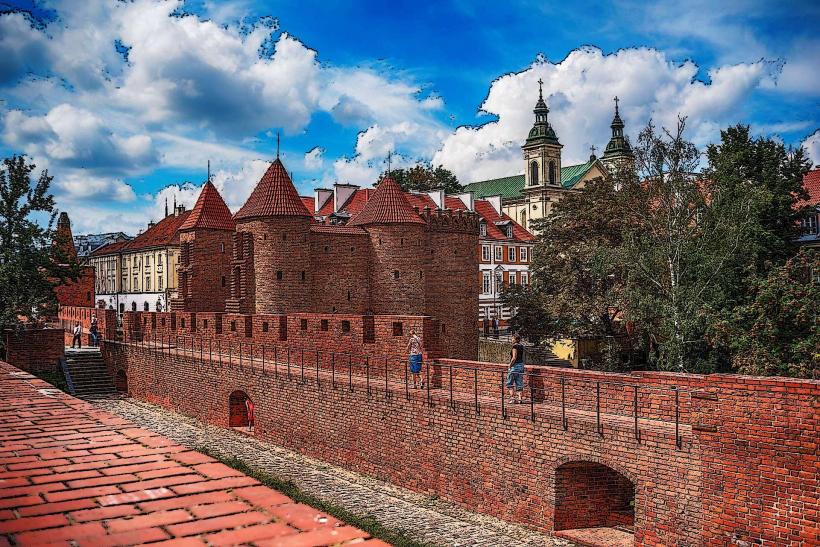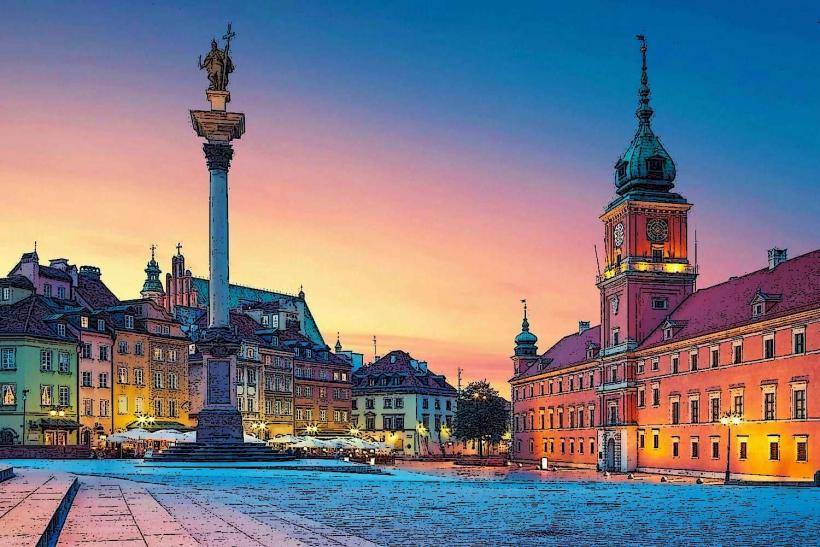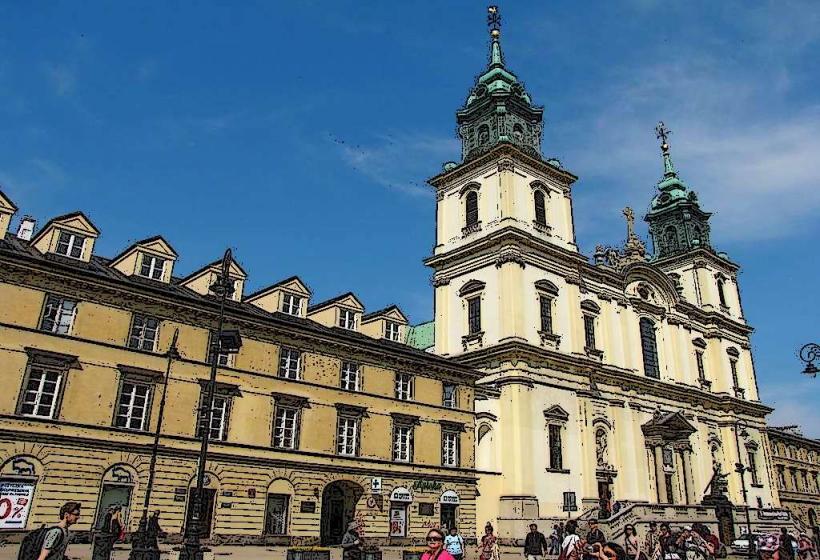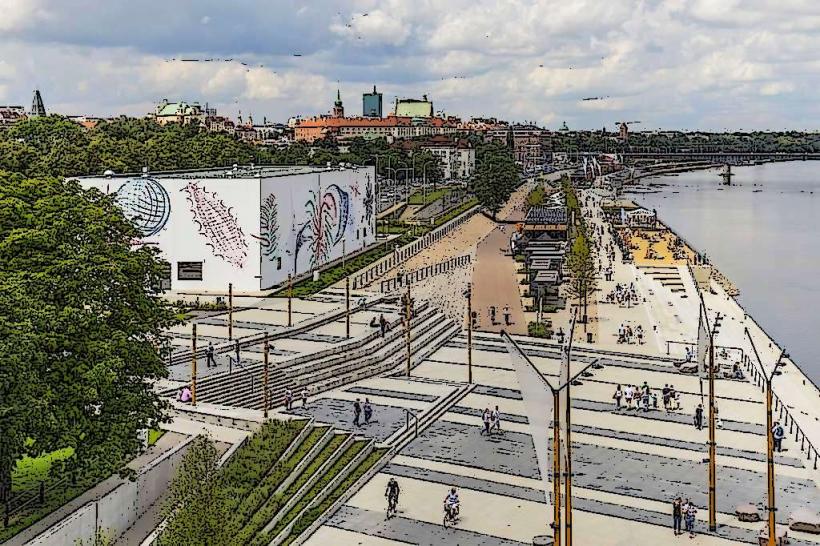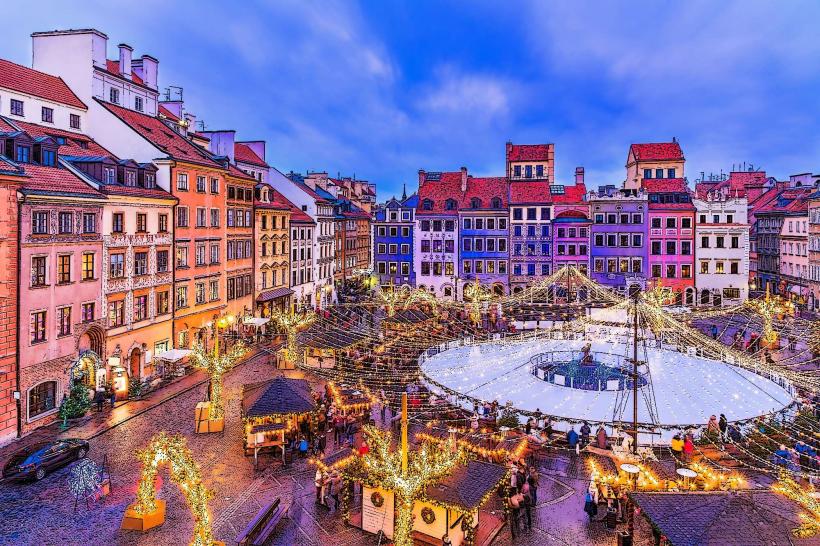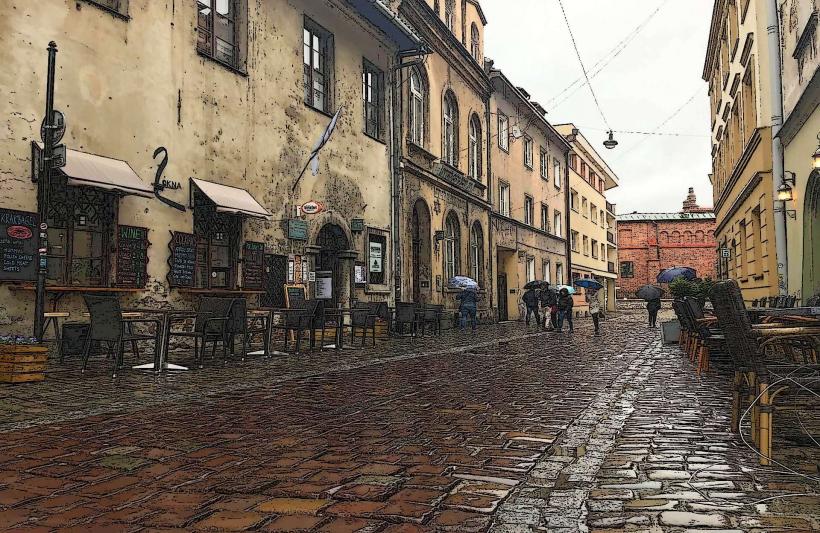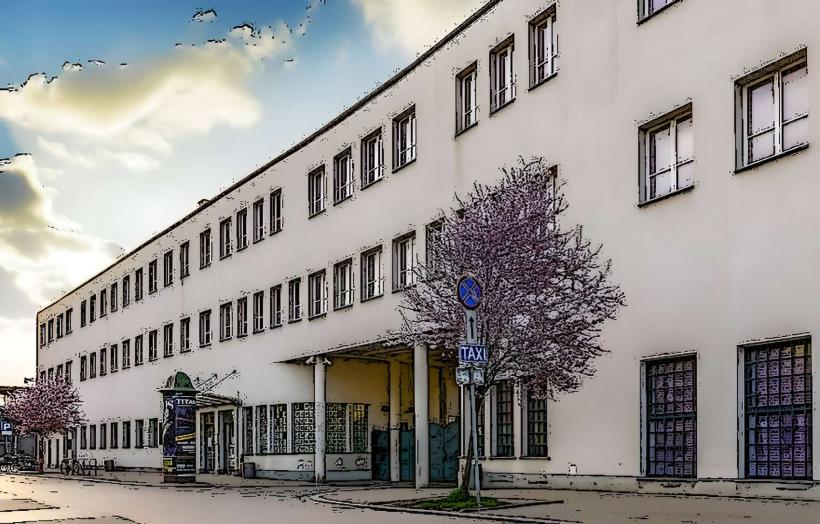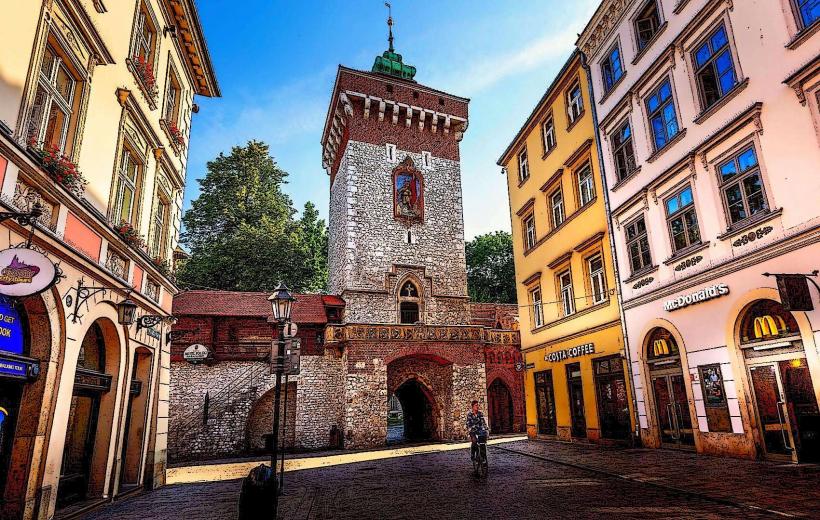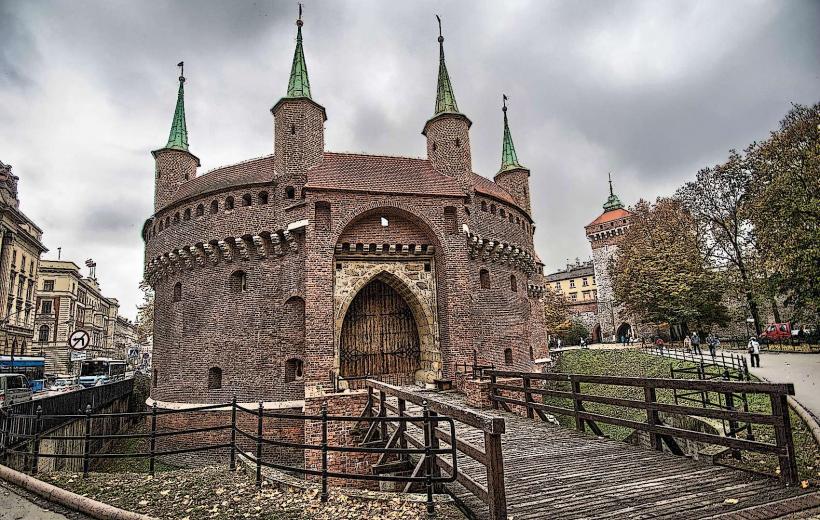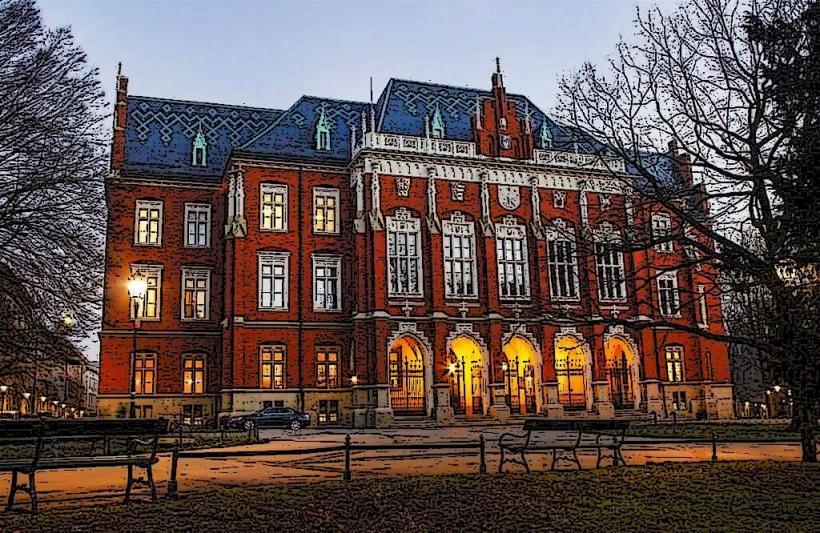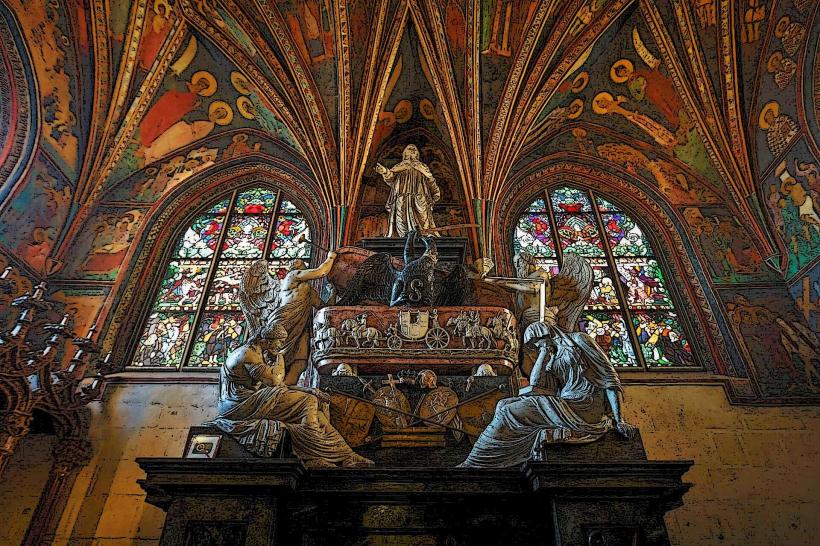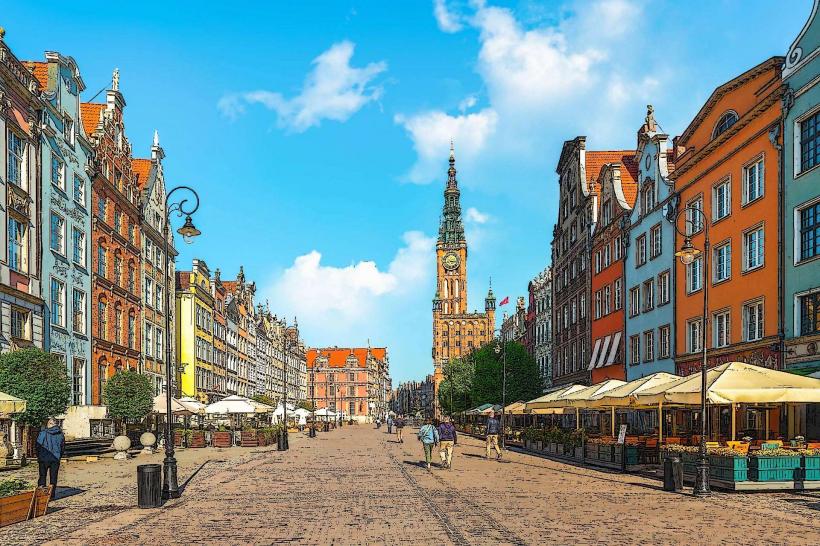Information
City: WarsawCountry: Poland
Continent: Europe
Warsaw, the capital and largest city of Poland, is a vibrant metropolis rich in history, culture, and modernity. Located in the central part of the country, Warsaw is a major political, economic, and cultural hub. Here’s a detailed overview of the city without focusing on specific landmarks:
History
Warsaw’s history is marked by resilience and transformation. Founded as a small settlement in the 12th century, it gradually evolved into a significant city in Poland’s history. In 1596, it became the capital of the Polish-Lithuanian Commonwealth, replacing Kraków. The city faced significant destruction during World War II, particularly the Warsaw Uprising of 1944, which led to the near-total destruction of the city. After the war, Warsaw was rebuilt, with much of its Old Town meticulously restored to its former glory, earning it a place on the UNESCO World Heritage list.
Geography and Layout
Warsaw is situated on the Vistula River, which runs through the city, offering scenic views and recreational spaces along its banks. The city is divided into two main parts: the right bank (where the Old Town and the historical center are located) and the left bank, which has evolved as a modern district with business centers and residential areas. Warsaw is characterized by a mix of historical architecture and contemporary buildings, showcasing the city’s adaptability and growth.
Economy
As the economic capital of Poland, Warsaw plays a crucial role in the country’s development. It has a diverse economy, with major industries including finance, information technology, manufacturing, and services. Warsaw is home to Poland’s stock exchange and serves as a business hub, attracting both local and international investors. The city has also become a prominent location for tech startups and global companies establishing their headquarters in the region.
Education and Research
Warsaw is a center for education, boasting some of the country’s top universities and research institutions. The Jagiellonian University, University of Warsaw, and Warsaw University of Technology are among the most prestigious educational institutions in Poland. The city is also known for its contributions to research and innovation, particularly in fields such as medicine, engineering, and social sciences.
Culture
Warsaw’s cultural scene is diverse and dynamic. The city hosts numerous festivals, concerts, and events throughout the year, ranging from classical music performances to contemporary art exhibitions. The Warsaw National Opera, the Warsaw Philharmonic Orchestra, and the Museum of Modern Art are just a few examples of the city’s rich cultural offerings. Warsaw is also known for its vibrant theater scene, which features both traditional and experimental performances.
Public Transport and Infrastructure
Warsaw has a well-developed public transport system that includes buses, trams, and a metro system, making it easy to navigate the city. The metro network, which opened in 1995, is continuously expanding to accommodate the growing population. Warsaw also has a comprehensive road network and is well-connected to other parts of Poland and Europe, with a major international airport, Warsaw Chopin Airport, serving as a gateway to the region.
Green Spaces
Despite being a bustling city, Warsaw offers plenty of green spaces where locals and visitors can relax and enjoy nature. Parks such as Łazienki Park, Saski Garden, and Wilanów Park provide serene environments for picnics, walking, or simply unwinding. The Vistula Boulevards along the river also offer a pleasant place to stroll or bike, with cafes and recreational areas dotting the landscape.
Modern Development and Urbanism
In recent years, Warsaw has undergone rapid modernization. The cityscape features sleek skyscrapers, shopping malls, and a growing number of high-end residential buildings. The business district, particularly in the Wola area, has seen significant development, with international companies establishing a presence in the city. At the same time, Warsaw maintains its historical charm, with efforts to preserve its architectural heritage while integrating new and innovative designs.
International Influence
As the capital of Poland, Warsaw is a center for international diplomacy and commerce. The city hosts many foreign embassies, multinational corporations, and international organizations. Warsaw’s international influence is also reflected in its diverse population, with a growing number of expatriates and foreign students living in the city.
Social Life and Lifestyle
Warsaw has a dynamic and youthful population, with a thriving nightlife, excellent restaurants, and a range of entertainment options. The city has a variety of cafes, bars, and nightclubs that cater to different tastes, from trendy spots to more laid-back venues. Polish cuisine, along with international food options, can be found in abundance, with the city offering everything from traditional pierogi to sushi and fine dining.
Challenges
Despite its many strengths, Warsaw faces challenges typical of a large, rapidly growing city. Issues such as traffic congestion, air pollution, and affordable housing are areas that the city continues to address. However, Warsaw has made strides in improving its environmental sustainability and promoting green building practices in new developments.
Future Outlook
Looking ahead, Warsaw continues to grow and evolve. The city is investing in sustainable development, with a focus on improving public transport, green spaces, and energy-efficient infrastructure. Warsaw’s economy is expected to continue expanding, with the city playing an increasingly important role as a business and cultural center in Europe. As Poland’s political, economic, and cultural heart, Warsaw is poised to remain at the forefront of the country’s development for years to come.

